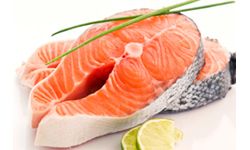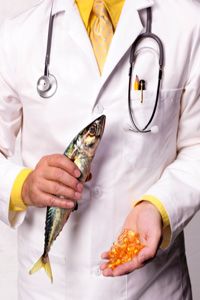We're told there are certain things we should do to keep ourselves healthy -- get enough exercise, avoid harmful lifestyle choices like smoking or drinking excessively, eat right, and get enough vitamins and nutrients. One of those nutrients is omega-3 fatty acids, and it's abundant in seafood.
However, for many, eating seafood can be a dangerous -- if not deadly -- proposition. About 7 million Americans are allergic to seafood, and in the United States, seafood allergies result in about 30,000 visits to emergency rooms and around 200 deaths every year [source: Davis].
Advertisement
Seafood allergies can develop in children or adults and can range from mild to very dangerous. A seafood allergy isn't necessarily an allergy to all types of seafood. You may be allergic to mollusks or crustaceans (both being types of shellfish), or to fish. You may be allergic to just one particular species while being unaffected by others.
Relatively mild allergic reactions may cause diarrhea, pain and discomfort, as well as skin reactions such as hives. But reactions can also be far more serious. In an allergic reaction, a person may experience anaphylaxis, a form of multi-systemic shock. Anaphylactic reactions vary in severity, but they can cause the throat to close or the lungs to stop working, which means they can be fatal. Even if you're allergic to only one type of seafood, the possibility of such a severe reaction has probably led you to avoid all seafood consumption.
However, along with other nutrients, seafood is a good source of omega-3 fatty acids, a group of polyunsaturated fats found in fish oil. So what do omega-3 fatty acids do, and how do you get them without eating fish? Keep reading to find out.
Advertisement


